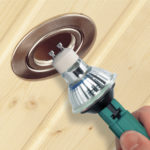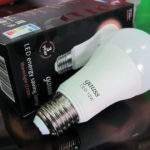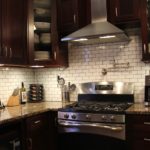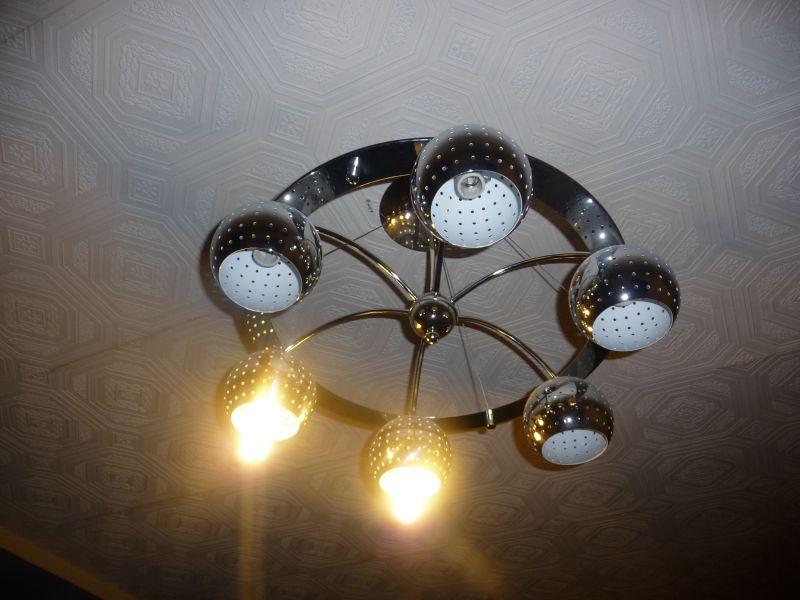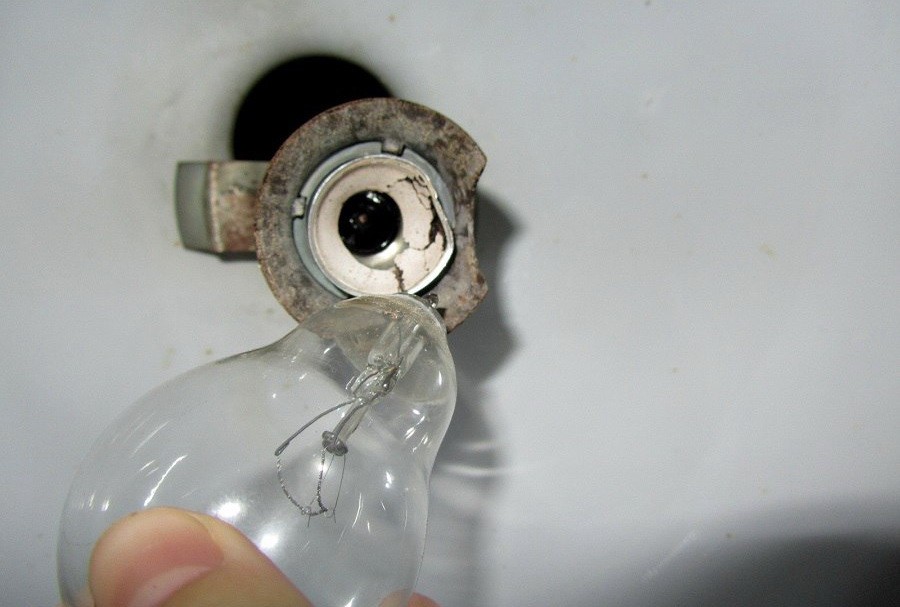How to choose energy-saving light bulbs
With the increase in tariffs for used resources, the task of saving electricity becomes more and more urgent. This forces us to abandon classic lighting fixtures and purchase energy-saving light bulbs. These modern devices boast high efficiency with low power consumption.
There is a wide range of housekeepers on the market. But variety is not always good, because it is known that the more choice, the more difficult it is to make the right decision.
Let's take a closer look at the presented models, find out their main characteristics and find out what parameters you should pay attention to when purchasing.
The content of the article
Criteria for choosing energy-saving light bulbs
If you have made a firm decision to switch to a modern lighting option, you need to give preference to high-quality models. Only such devices are able to function uninterruptedly during the entire warranty period declared by the manufacturer. In addition, the product must emit “useful” light, because it directly affects our vision and mood.
Before purchasing housekeepers, pay attention to the following parameters:
- Device size. The bulb of many energy-saving light bulbs is larger than that of classic models. Therefore, before purchasing, measure the diameter of the lampshade to understand which light bulb will fit in it.
- Type of base. Most household lighting fixtures use an E27 base, where the numbers 27 indicate the diameter of the seat. Some miniature luminaires used for decorative purposes are equipped with an E14 base. You can also find devices with an E40 indicator. Most often these are large-sized industrial lamps.
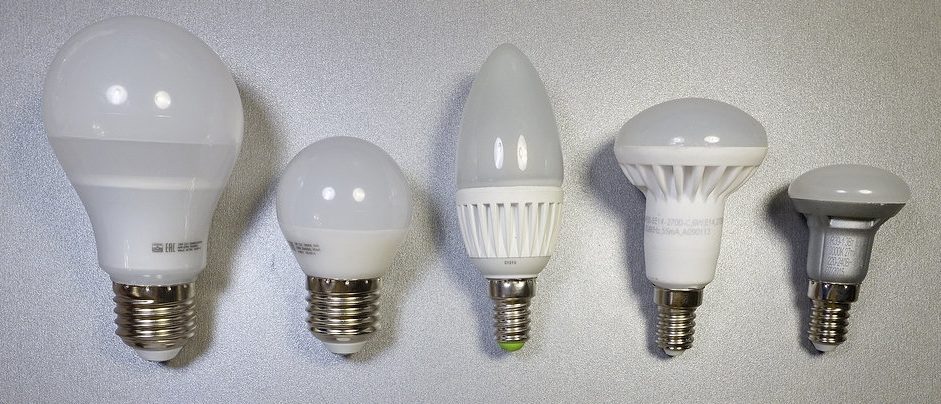
- Power. For housekeepers, this characteristic varies from 7 to 20 W, which does not affect their performance in any way. For convenience, manufacturers indicate this parameter on product packaging. It also provides information on which classical model this type of “housekeeper” is an analogue of.
- Lifetime. The higher this indicator, the longer the product will last. It is measured in thousands of hours and starts at 7 t/h.
- The amount of luminous flux. The parameter “tells” how much light the light bulb emits. It is designated in Lumens - Lm. The lower the ratio between power and luminous flux, the more efficiently the device uses electricity.
- Color temperature. In simple terms, this is the color of the lighting. On the packaging it is indicated in Kelvin - K. For the human eye, warm white lighting with an indicator from 2700 to 3200 K is considered the most natural and pleasant.
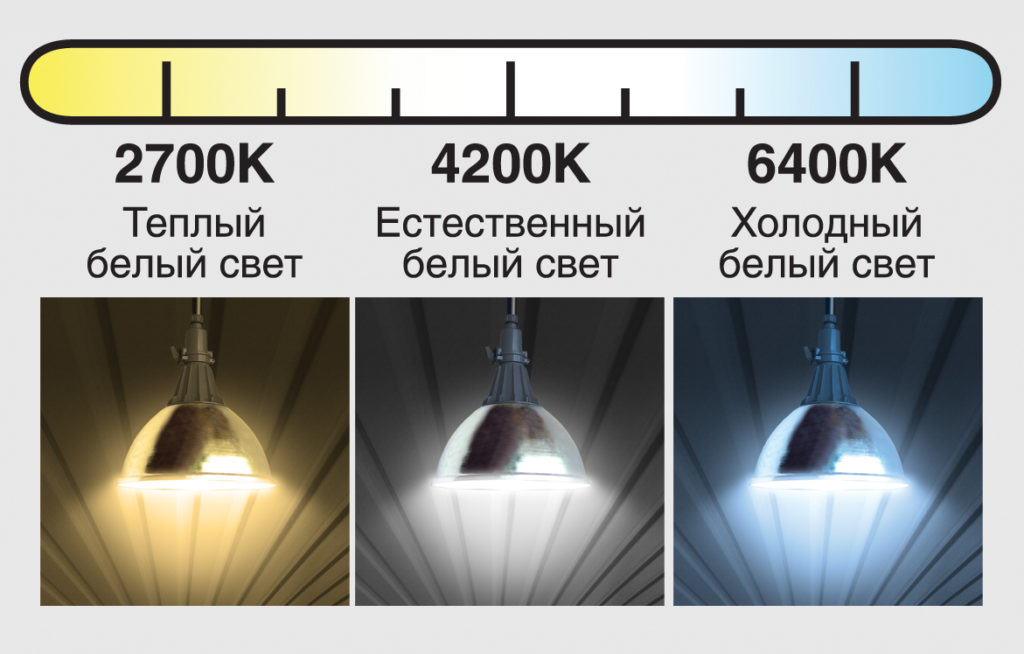
Reference. It is models with warm white lighting that are recommended for lighting residential premises.
It is also worth paying attention to the manufacturer of the products, giving preference to proven brands. Buying a low-quality light source negatively affects our health:
- such models emit the “wrong” light, and this leads to a decrease in visual acuity;
- low-quality “housekeepers” have a high content of mercury, which is hazardous to health;
- violation of production technology and the use of low-quality materials reduces the service life;
- “housekeepers” of dubious origin are characterized by a high luminous flux, leading to ultraviolet radiation.
Types of energy-saving lamps, their advantages and disadvantages
There are several types of energy-saving light bulbs on store shelves: gas-filled (“halogen”), fluorescent and LED. Each type has a number of advantages and disadvantages, which affects their method of use.
Halogen
Halogen lamps are an improved version of classic lighting fixtures. During production, a gas consisting of iodine or bromine is pumped into the flask of the device. This made it possible to increase the service life of the device. For halogen lamps this figure varies from 2000 to 4000 hours. In addition, the temperature of the coil was increased with the help of gas, so such devices shine brighter than their classic predecessor.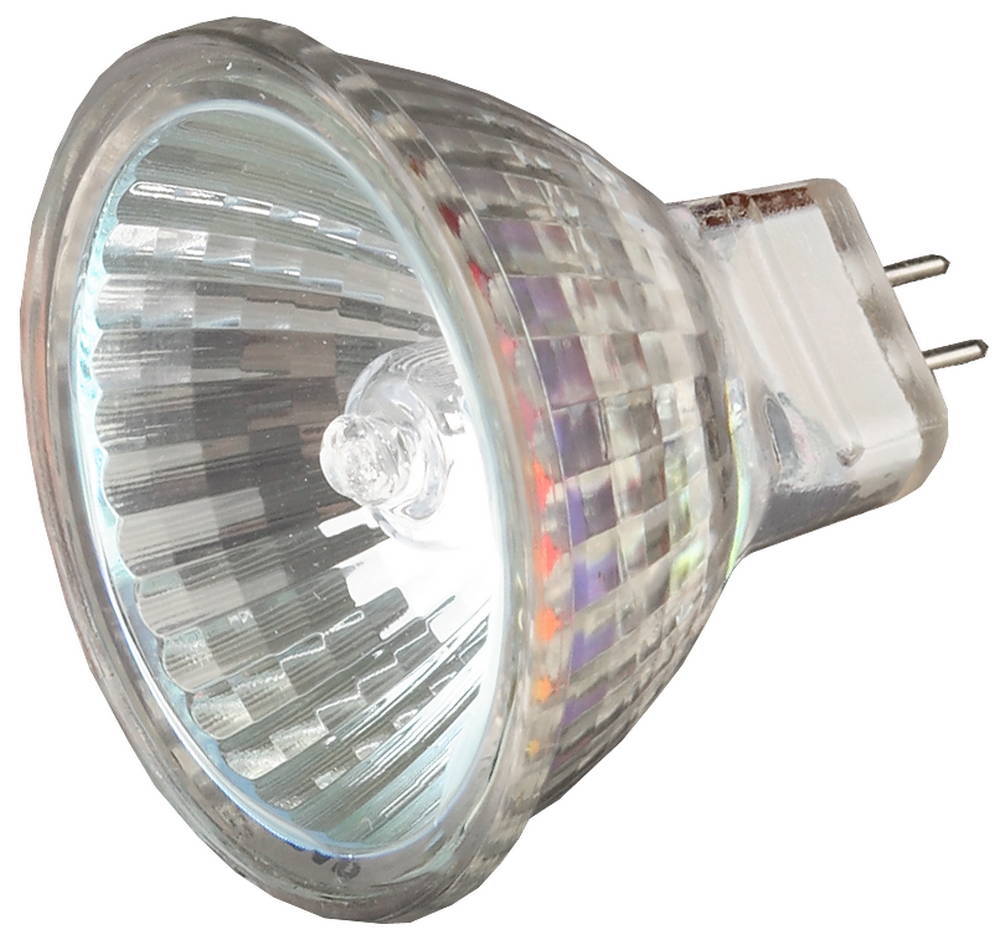
Their advantages include:
- narrow range of light radiation;
- support for a certain brightness level;
- compact dimensions;
- high-quality luminous flux;
- long service life.
Among the disadvantages of such light sources are the following:
- strong heating, so they are not suitable for installation in suspended ceiling lamps;
- unsafe, therefore require careful operation;
- do not tolerate power surges well;
- difficulty in installation or dismantling - to install or dismantle the halogen lamp, you will have to wrap the bulb with a cloth, otherwise greasy fingerprints will remain on its surface, which will have to be wiped off with an alcohol-containing solution.
Luminescent
The operating principle of such models is as follows: in a flask filled with an inert gas with the addition of mercury, a gas charge is ignited. As a result of the reaction, the device begins to emit ultraviolet light. To convert it into light visible to the human eye, a layer of a special substance, a phosphor, is applied to the walls of the housekeepers.

Reference. Particularly powerful models are capable of emitting a high-intensity luminous flux, which is why they are widely used for lighting large and industrial premises.
The positive features of fluorescent lamps are:
- emit a minimal amount of heat, so they can be mounted in a suspended ceiling;
- wide selection of models with various types of color radiation;
- long service life, which averages 8000 hours;
- low cost;
- can save up to 80% energy.
The disadvantages include:
- the shape of the products forces the use of thin tubes;
- take a long time to flare up: on average it takes about 45 seconds;
- sensitive to voltage changes;
- contain mercury vapor, therefore they require careful handling and proper disposal;
- if you turn it on and off frequently, the device will quickly become unusable;
- flicker, which negatively affects vision.
LED
This is the most modern type of energy-saving lamps. To emit light, the device is equipped with semiconductors. Their design also includes a special element - a driver.It consists of a current source and several diodes. It is this device that allows you to use LED devices instead of standard lamps.

Their advantages:
- the most economical option for organizing lighting;
- long service life;
- wide range of color radiation;
- safety and environmental friendliness;
- no heating;
- compact dimensions;
- ability to adjust the radiation intensity.
The disadvantages include the high cost of the products.
There is no clear answer to the question of which type of energy-saving lamps is better. If you believe the words of experts, each of them is good in its place. For example, halogen lamps can be chosen for evening illumination, and LED lamps can be used to create diffuse lighting in all rooms. The main thing is to purchase products taking into account their characteristics and give preference to trusted manufacturers.

